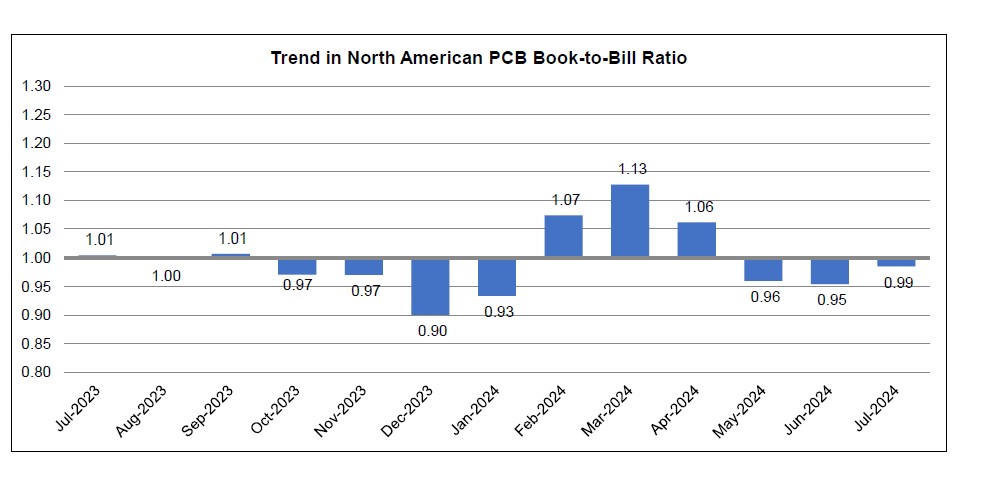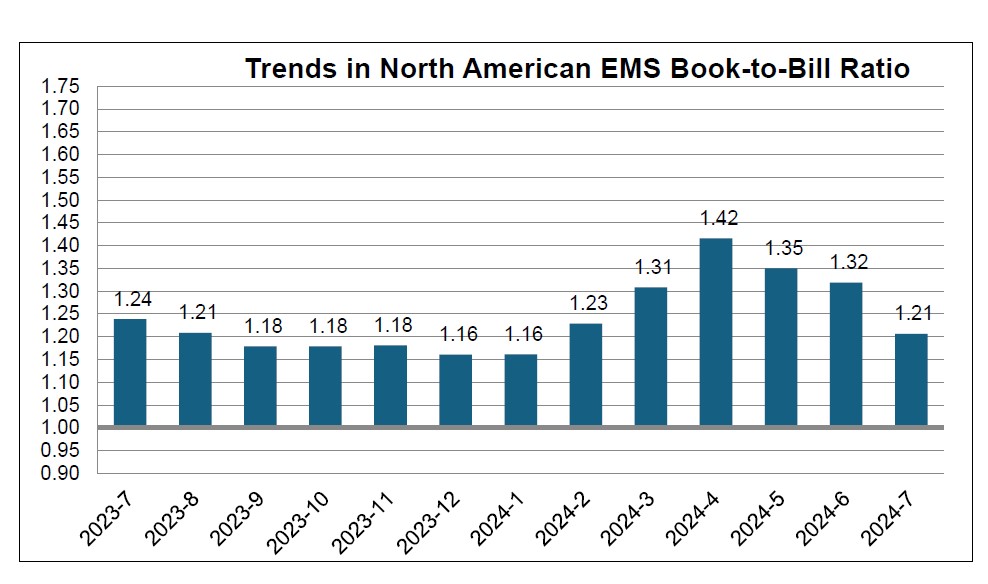Learn to Design PCBs with Leading-Edge IPC Courses
Introduction to PCB Design I and II are two online IPC courses dedicated to PCB design, scheduled for the next few months. The courses are held by Pietro Vergine, co-president of Leading Edge and IPC instructor.
Vergine, an expert in the sector and Master IPC Trainer, will hold two courses organized by IPC in the coming months and aimed at engineers, technicians, hobbyists and anyone interested in PCB design. Held in Italian, the courses will be available online through interactive webinars and session recordings. The lessons also include specific exercises to master the key concepts of PCB design. Let's see them in detail.
Introduction to PCB Design I – 6 weeks
The course is scheduled September 30 to November 8 and includes lessons on Mondays and Fridays from 9:00 am to 11:00 am CET. After an initial overview of the fundamentals of PCB design and review of passive components, the course addresses the following topics in the following weeks: component library concepts, concepts for creating simple schematics, advanced concepts for creating complex schematics, and schematic documentation. In the last week of the course there will be a review of the contents and the final exam. To obtain the course completion certificate you will need to obtain a score of 70 percent or higher.
Register by October 8: https://education.ipc.org/product/introduction-al-pcb-design-i
Introduction to PCB Design II – 8 weeks
The course will be held from January 13 to March 7, 2025. Classes are scheduled on Mondays and Fridays from 9:00 am to 11:00 am CET. The first session will focus on the basic concepts of a PCB layout. We will then move on to more advanced concepts, such as multilayer routing, stackup design, impedance control, and then delve deeper into: materials, signal integrity, transmission lines, flexible circuits and documentation. In the last week a final review will be carried out and the final exam will be held.
Register by January 21: https://education.ipc.org/product/introduction-al-pcb-design-ii
For more information on the contents, methods and costs of the courses, visit www.education.ipc.org or
contact Pietro Vergine, at pietrov@leading-edge.it or +39 335-5783220.
“IPC is the leading international training and certification body in the electronics industry, which aims to standardize assembly and production requirements for electronic equipment and assemblies,” explains Pietro Vergine, Co-President of Leading Edge. Leading Edge has been operating in Europe for nearly 20 years, providing consultancy for the electronic design of integrated circuits, FPGAs and PCBs, and is also an IPC Master Training Center.


